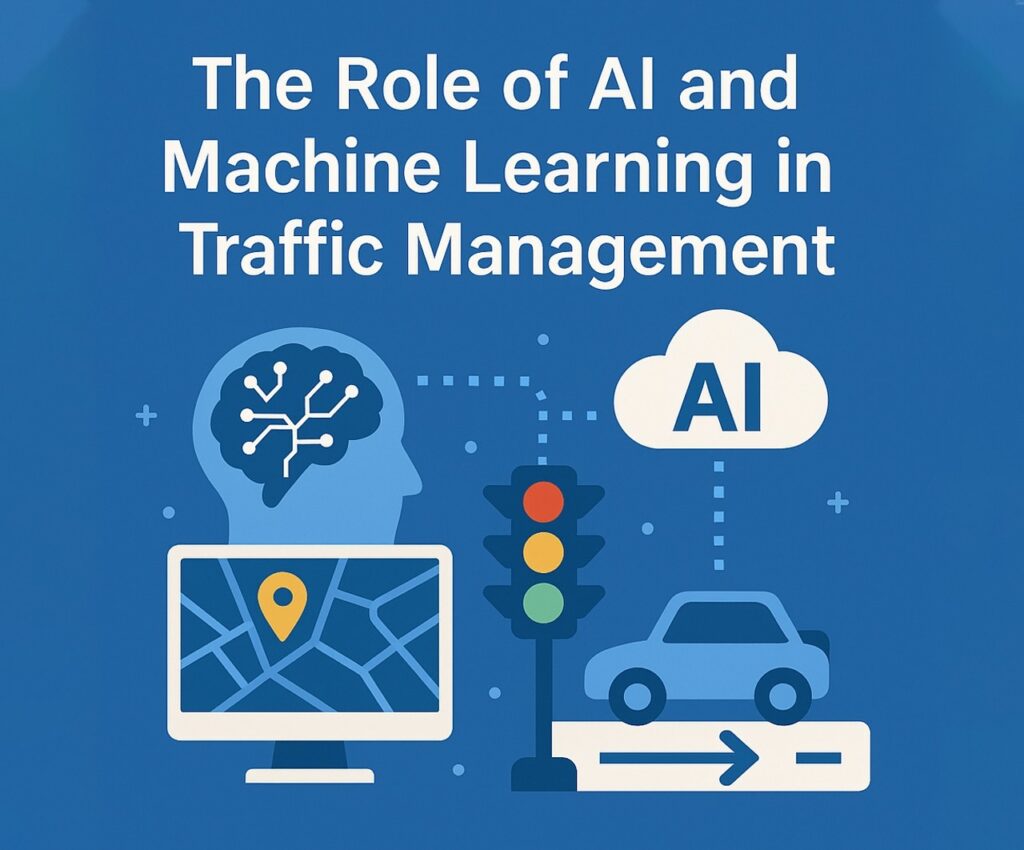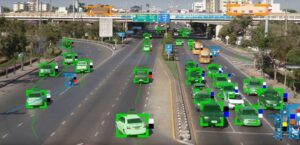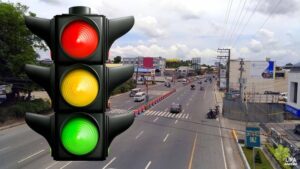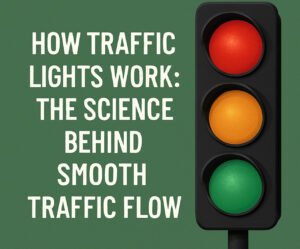As urban centers expand and roads become more crowded, managing traffic efficiently is more important than ever. The integration of artificial intelligence (AI) and machine learning (ML) into traffic control systems is revolutionizing the way cities operate. Today, innovations like traffic management signs, intelligent traffic management system, and even traffic management signs for sale are increasingly driven by smart technologies that adapt to real-time conditions. These tools are key to easing congestion, reducing accidents, and improving urban mobility. Know more..
What Is an Intelligent Traffic Management System?
An intelligent traffic management system is a tech-powered approach that uses sensors, AI algorithms, data analytics, and automated controls to manage traffic flow. Unlike traditional systems with fixed timing and static signs, intelligent systems adjust dynamically. They process vast amounts of data—from vehicle counts to weather reports—and optimize signal timings, lane usage, and warning messages accordingly.
These systems are often integrated with traffic management signs that display live updates, rerouting suggestions, or emergency alerts. AI helps analyze data trends and predict traffic buildups before they occur, helping cities proactively ease pressure points.
How AI Enhances Traffic Flow
AI doesn’t just respond; it predicts. Machine learning models learn from historical and real-time data to understand traffic patterns. For example, if an accident blocks a major intersection, the AI system can instantly reroute vehicles, update traffic management signs, and adjust green light cycles elsewhere to absorb the diverted traffic.
Key benefits include:
- Real-time responsiveness: No need for human operators to intervene in every situation.
- Adaptive signal control: Traffic lights adjust based on current congestion levels.
- Incident detection: AI identifies abnormal patterns that suggest accidents or stalled vehicles.
- Predictive analytics: Forecasting helps with long-term planning and emergency preparedness.
Role of Traffic Management Signs
Traffic management signs have come a long way from simple metal boards. Today’s signs are digital, networked, and capable of real-time updates. They are often integrated into intelligent traffic management systems and used to:
- Display live traffic updates
- Show lane closures or detours
- Communicate safety messages
- Alert drivers to accidents or delays
Digital signs can even be rented or sold for temporary setups, which is why the market for traffic management signs for sale is growing rapidly. Cities, construction firms, and event organizers use these signs to manage temporary disruptions with efficiency and clarity.
Case Studies: AI in Action
Several cities around the world are already seeing the impact of AI in traffic management:
Barcelona, Spain: Integrated AI systems monitor real-time traffic, public transportation, and pedestrian flows. Traffic management signs dynamically update based on congestion, helping redirect drivers in real time.
Los Angeles, USA: One of the largest adaptive traffic signal systems in the world operates here. AI manages over 4,500 signals, reducing travel time by 12% and idling time by 30%.
Hangzhou, China: Alibaba Cloud’s City Brain project uses AI to optimize traffic flow, emergency response, and parking. The city has seen a 15% improvement in traffic speed and better emergency vehicle routing.
AI and Emergency Response
AI doesn’t just improve daily commutes; it saves lives. An intelligent traffic management system can prioritize emergency vehicles by adjusting signals and clearing intersections. It can detect a siren or emergency beacon and react instantly, shaving critical minutes off response times.
Additionally, traffic management signs can be updated instantly to alert nearby drivers of emergencies or road closures, further enhancing safety.
Environmental and Economic Benefits
When traffic flows smoothly, everyone wins. AI-driven systems help cities reduce CO2 emissions, fuel consumption, and travel time. Fewer traffic jams mean less engine idling and a drop in urban air pollution.
From an economic perspective, better traffic management leads to:
- Lower transportation costs
- Less fuel wastage
- Improved productivity (less time stuck in traffic)
- Increased efficiency for delivery and logistics companies
These benefits are why there’s increased demand for solutions like traffic management signs for sale that support scalable deployments in growing cities.
Challenges to Implementation
While AI offers immense promise, adoption isn’t without hurdles:
- High costs: Installing smart infrastructure and maintaining digital systems isn’t cheap.
- Data privacy: Cameras and sensors collect vast amounts of data. Safeguarding user privacy is essential.
- Interoperability: Different hardware and software platforms must work seamlessly.
- Public trust: Citizens may resist surveillance-based systems unless benefits are clearly communicated.
Cities must approach these challenges with transparency and strong governance to build support for AI-powered traffic control.
The Market for Traffic Management Signs
The increased use of AI and smart systems has expanded the demand for adaptive signage. Whether it’s a temporary construction site or a major city highway, there’s a growing market for traffic management signs for sale that are compatible with intelligent control systems.
Modern signs can:
- Integrate with cloud-based control systems
- Display dynamic messages
- Be programmed remotely
- Run on solar or battery power
Vendors now offer a range of customizable solutions for municipalities, construction firms, and private operators, helping spread intelligent traffic tools beyond just large urban centers.
Future Outlook
As AI and machine learning continue to evolve, the potential applications in traffic management will only grow. We can expect:
- Vehicle-to-infrastructure (V2I) communication: Cars talking to signs and traffic systems in real time
- Personalized navigation: AI tailoring routes for individual driver preferences and conditions
- Autonomous traffic control: Signals that fully adapt without human oversight
- Climate integration: Adjustments based on weather forecasts to improve safety
Cities that embrace these advancements will enjoy smoother traffic, safer roads, and happier citizens.
Final Thoughts
The fusion of AI and machine learning with traffic management signs, intelligent traffic management system, and even tools like traffic management signs for sale is reshaping urban mobility. These technologies bring not just convenience, but tangible improvements in safety, environmental impact, and economic efficiency.
By investing in AI-powered traffic solutions today, cities are not just solving current congestion—they’re preparing for a smarter, faster, and more connected future.





